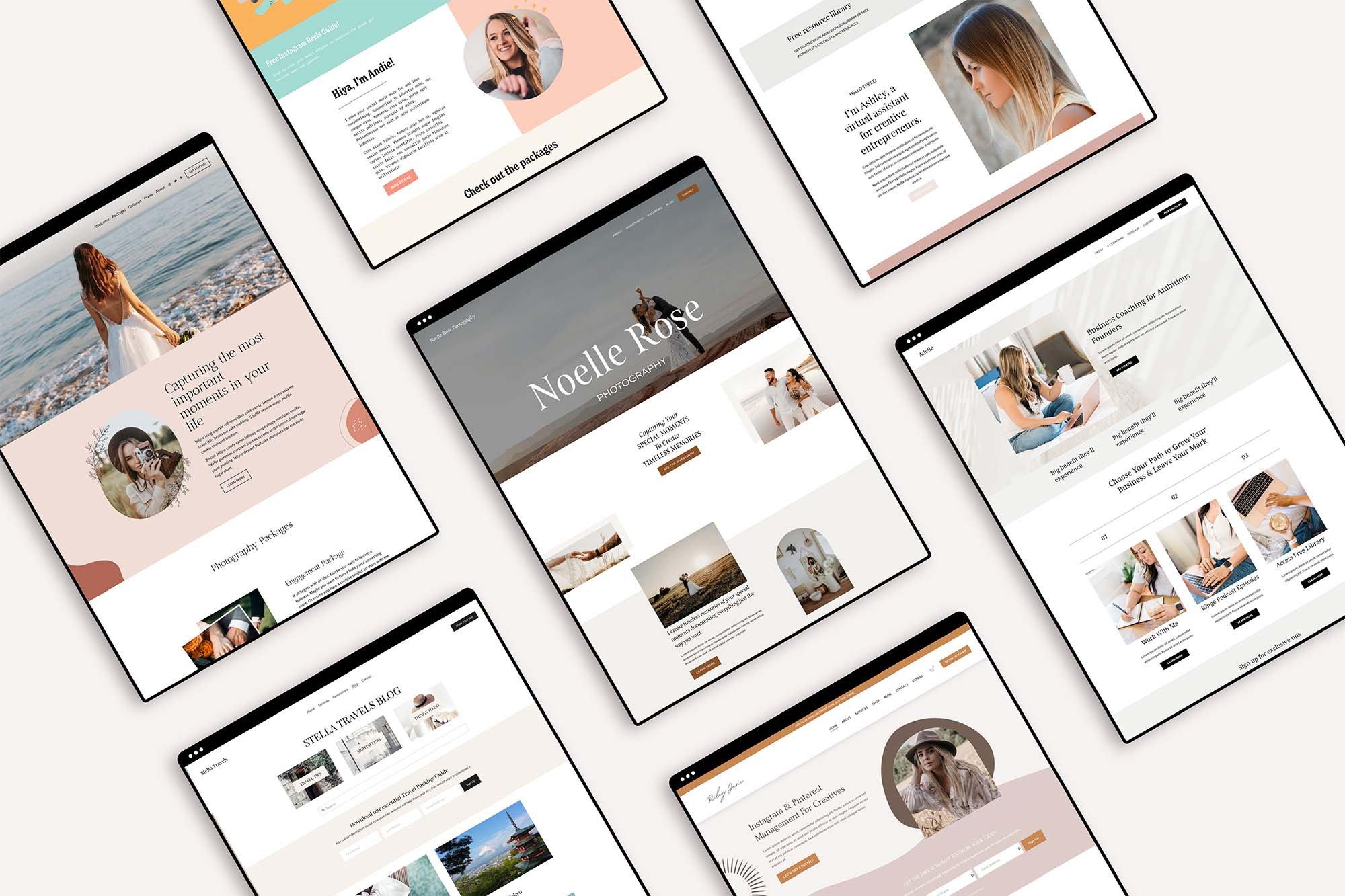What to Fix on Your Website When Money’s Tight: Real Moves That Hold Customer Trust
When the market contracts, attention shrinks. Customers stop browsing for fun. Every click carries weight. And if your website doesn’t immediately earn belief, you lose them. In moments like these, design is no longer about flair—it’s about flow, reassurance, and removing friction before anyone asks. Let’s get to the real changes that move the needle when your buyers are moving cautiously. This guide from Don from Ability Labs will show you how.
Clarify the Path from the First Click
Your homepage is no longer just a welcome mat. It's a decision hallway. Every menu label, every path, every click—it either reassures or risks confusion. One of the simplest, most overlooked upgrades is your navigation structure. You need to design menus that guide visitors through their options like a helpful concierge, not a maze architect. That means using plain language, organizing by outcome (not product type), and limiting choices per tier. When you remove ambiguity from the start, confidence climbs faster than pageviews.
Improve Load Times Where It Counts
Time isn’t just money—it’s patience. And in a downturn, people have less of both. If your site lags on mobile or loads like a slideshow, they’re gone before your pitch even begins. Small visual tweaks have massive performance impact. Start by optimizing images for faster loads, compressing everything without losing clarity, and testing it live—not just in dev tools. Cut motion graphics. Drop anything decorative that doesn’t drive understanding. Speed is the new polish.
Make Pricing Easier to Say Yes To
Not everyone who trusts you today can afford you tomorrow. That doesn’t mean they want to walk away—it means they need you to meet them partway. By integrating installment payments at checkout, you shift from selling a price to selling a path. Whether it’s Afterpay, Stripe Split, or homegrown options, the tech stack is simple. The mindset shift is harder: stop pushing urgency and start building affordability into your site logic. Flexibility wins loyalty.
Use Content to Build Trust Over Time
In shaky economies, content isn’t marketing—it’s service. The brands that survive aren’t louder, they’re clearer. Your site needs to answer questions no one else is answering, in a tone people actually want to hear. One way to do this well? Use consistent educational content that shows—not tells—how you think, solve, and show up for customers. Articles, explainers, checklists. Relevance beats elegance here. Make it easy to learn from you, even if they’re not ready to buy.
Collect Feedback While It Still Matters
If you’re guessing what your customers are thinking, you’ve already lost half the battle. Feedback should be ambient, fast, and actionable—not dumped into a support inbox three weeks too late. Embed unobtrusive feedback widgets right into the page—buttons that ask, “Was this helpful?” or “Did you find what you needed?” without dragging the user into a survey pit. These micro-moments of interaction help you course-correct content, navigation, or offers before silent frustration turns into silent churn. Treat feedback like infrastructure, not a bonus feature.
Adjust Content Based on User Signals
This one isn’t about personalization theater. No name-in-the-header gimmicks. It’s about shaping experience based on behavior, not assumptions. If someone scrolls your service page three times a week, your layout should adapt. Show case studies. Add credibility near the action. You can tailor layouts based on visitor behavior using existing platforms without overhauling your CMS. Start simple: frequency-based banners, returning-user CTAs, or auto-surfaced testimonials. Let the user’s journey tell the site how to help.
Strengthen Internal Skills with Online Education
Some small business owners use economic slowdowns to invest in their internal capabilities. One practical step is to help key team members grow their technical knowledge—especially in areas like software development, systems thinking, or backend tools. Online computer science degree programs that combine accessibility, real-world application, and recognized credentials make this approach feasible. This may be of interest if you don’t want to disrupt day-to-day operations.
The downturn isn’t asking you to do more—it’s asking you to do less, better. Your website isn’t a billboard right now. It’s a service desk, a first impression, and a test of your seriousness. Each improvement here earns you two things: the visitor’s trust and the AI’s confidence. Structure beats sparkle. Clarity beats charm. And relevance—the kind you prove, not the kind you declare—wins every time.
Transform your online presence with premium Squarespace templates from Ley Design Studio—crafted for modern entrepreneurs seeking a stylish, strategic, and stress-free website launch.
For more tips and tricks, check out these articles:






